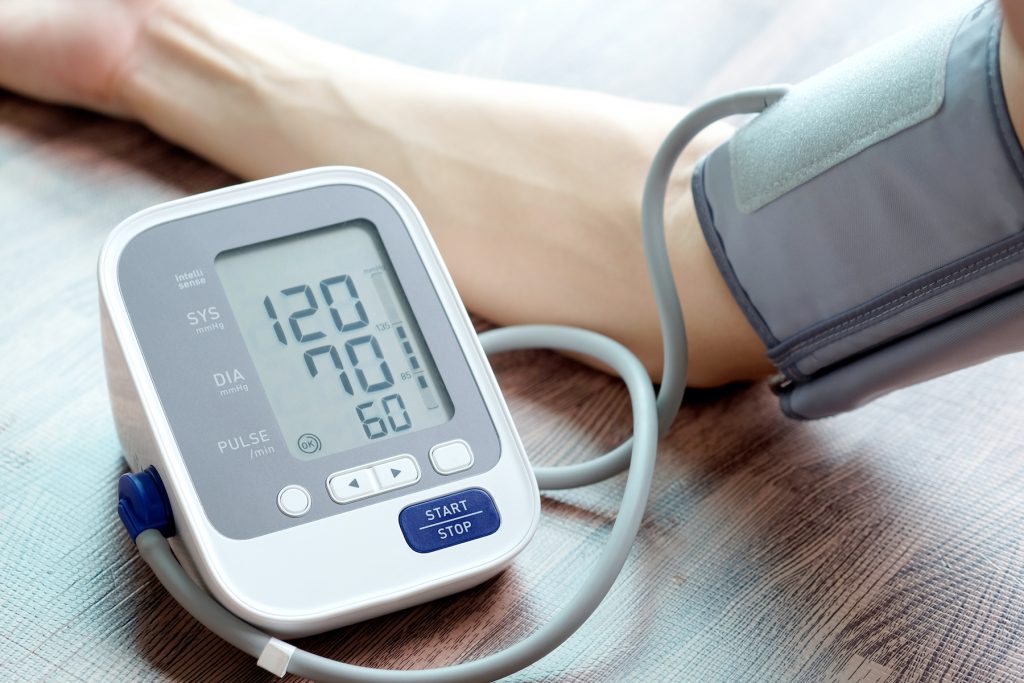In today’s lesson you’ll learn how to talk about weight management in Spanish. This is lesson 5/5 of our well visit / routine visit series – thank you so much for all of your input over the last month!
In this video, you’ll learn:
- Diet, exercise and weight-related vocabulary in Spanish
- How to describe healthy weight in Spanish
- A brief overview of complications of obesity in Spanish
- How to open a conversation about diet and nutrition in Spanish
- Suggestions for healthy diet in Spanish
- How to ask questions around physical activity in Spanish
- Some simple suggestions for healthy levels of physical activity in Spanish
- And we also include a handful of conversational topics that you can use to get some practice conversations going with your conversational buddy.
Subscribe to our YouTube Channel to see all of our lessons and get the latest videos right away!
Vocabulario de peso – Weight Vocabulary
Let’s start with some Verbs – Verbos
- Añadir / Agregar – To add
- Cocinar – To cook
- Comer (más / menos) – To eat (more or less)
- Desayunar – To have breakfast
- Almorzar – To have lunch
- Cenar – To have dinner
- Bajar de peso – To lose weight
- Subir de peso – To gain weight
- Estar obeso – To be obese
- Evitar – To avoid
- Freír – To fry
- Hacer actividad física – To exercise
- Limitar – To limit
- Mantener un peso saludable – To maintain a healthy weight
- Preparar comidas en casa – To prepare meals at home
- Reducir – To reduce
- Sustituir – To replace
- Tomar / beber – to drink
Alimentos y Bebidas – Foods and Drinks

- Alimento / Comida – Food
- Alto en – High in
- Bajo en – Low in
- Azúcar – Azúcar
- Calorías – Calories
- Carbohidratos – Carbs
- Fibra – Fiber
- Grasa – Fat
- Proteína – Protein
- Comida chatarra – Junk food
- Comida rápida – Fast food
- Dulces – Candies
- Variedad de alimentos – Food variety
- Fruta – Fruit
- Granos integrales – Whole grains
- Productos lácteos – Dairy products
- Vegetales – Verduras, vegetales
Más Vocabulario – More Vocabulary
- Bebidas – Drinks
- Agua – Water
- Cerveza – Beer
- Gaseosas – Soft drinks
- Jugos – Juices
- Licor – Alcohol
- Vino – Wine
- Cantidades / porciones – Amounts / portions
- Índice de masa corporal – Body Mass Index
- Obesidad – Obesity
- Obeso – Obese
- Peso saludable – Healthy weight
- Sobrepeso – Overweight
Actividad física – Physical Activity
- Caminar en vez de manejar – Walking instead of driving
- Subir las escaleras en vez de tomar el ascensor – Going up the stairs instead of taking the elevator
- Bailar – Dancing
- Correr – Running
- Trotar – Jogging
- Jugar con los niños – Play with the kids
- Jugar al… – Play….
- Básquetbol – Basketball
- Fútbol – Football, soccer
- Tenis – Tenis
- 30 minutos por día – 30 minutes per day
- 5 días a la semana – 5 days per week
Peso saludable – A Healthy Weight

Unas preguntas – Some Questions:
- ¿Podemos conversar sobre su peso hoy? / Can we talk about your weight today?
- ¿Cómo se siente sobre su peso estos días? / How do you feel about your weight these days?
Una manera para evaluar si tiene un peso saludable es usar el Índice de Masa Corporal (BMI). Es un cálculo de su peso en relación a su altura. / One way to check if you have a healthy weight is using the Body Mass Index (BMI). This is a calculation of your weight in relation to your height.
- Un BMI de 18.5 – 24.9 está en el rango de peso saludable / A healthy weight range.
- Un BMI de 25 – 29 está en el rango de sobrepeso / An overweight range.
- Un BMI de 30 – 39 está en el rango de obeso / An obese range.
- Un BMI de 40 o más está en el rango de obesidad extrema. / A range of extreme obesity.
Complicaciones de obesidad – Obesity Complications
- Diabetes tipo 2: el cuerpo no puede procesar la glucosa. Resulta en muchos problemas físicos. / The body cannot process glucose. It results in many physical problems.
- Presión (arterial) alta (High Blood Pressure) : pone estrés excesivo en los vasos sanguíneos y los órganos del cuerpo. / It puts excessive stress on the body’s blood vessels and organs.
- Enfermedad cardíaca (Heart Disease): varias enfermedades del corazón y de las arterias coronarias. / Various heart and coronary artery diseases.
- Colesterol alto (High cholesterol): obstruye el flujo de sangre por el cuerpo y puede causar enfermedad cardíaca. / It obstructs blood flow through the body and can cause heart disease.
- Algunos tipos de cancer: hay muchos factores pero cáncer del seno, páncreas, riñones, colorrectal y más. / There are many factors but breast, pancreatic, kidney, colorectal and other cancers.
- Apnea del sueño (Sleep Apnea): dificultad para respirar cuando duerme. / Difficulty breathing when sleeping.
- Osteoartritis (Osteoarthritis): las articulaciones se gastan. / The joints wear out.
Study the lesson vocabulary here with these pre-made quizlet flashcards
¡Gracias POR compartir su aventura de español conmigo!
Su tarea – Your Homework
- Review the notes & vocabulary
- Identify additional points and topics to discuss with patients
- Let me know if you need help 🙂
- Remember to keep it simple if you need to
- Ask for help in the comments below
- Give it a try with your patients!
We want to know…Comment below–>What are your thoughts about this topic. Let us know in English or Spanish in the comment section below!
Keep up the good work speaking responsible Spanish to your patients! Check out our other books, classes & products to help you learn medical Spanish!
*If the link isn’t working for you, you may need to unblock pop-ups in your browser settings
Other posts in this Well Visit series:
Well Woman Visits in Spanish
This is lesson 4/5 in our Spanish Well Visits series. Well Woman visits and gynecologic…
How to Discuss Cancer Screenings in Spanish
In today’s video viernes lesson, you will learn how to talk about cancer screenings in…
Blood Pressure Management in Spanish
Lesson 2 in our routine well visit series is all about blood pressure management in…
Discussing Lab Tests in Spanish & Lab Results in Spanish
The most requested topic for our series of Routine & Well Visits in Spanish is…
Medical Spanish Well Visit Series
Thank you for taking the Medical Spanish Well Visit survey over the last couple of…









